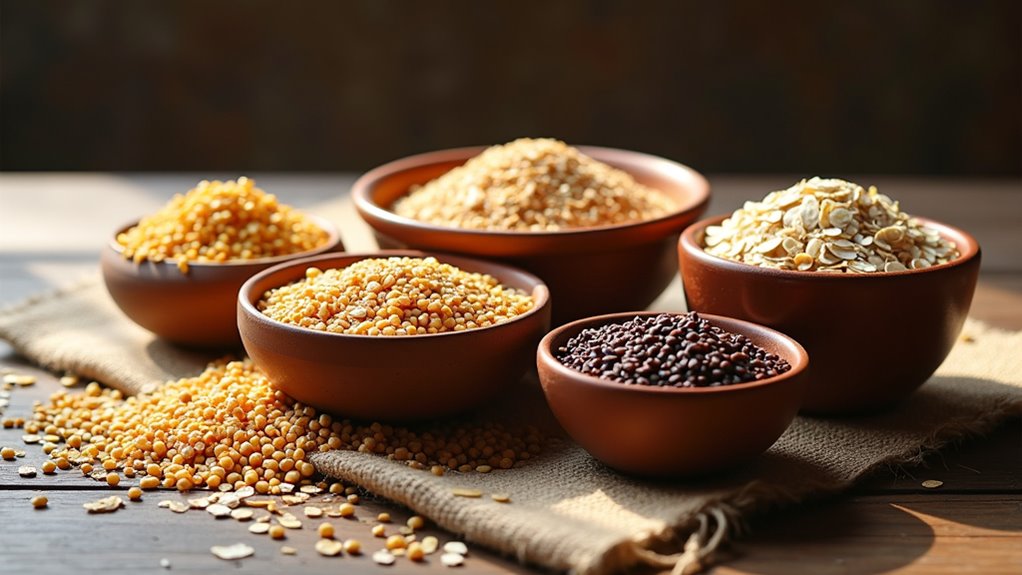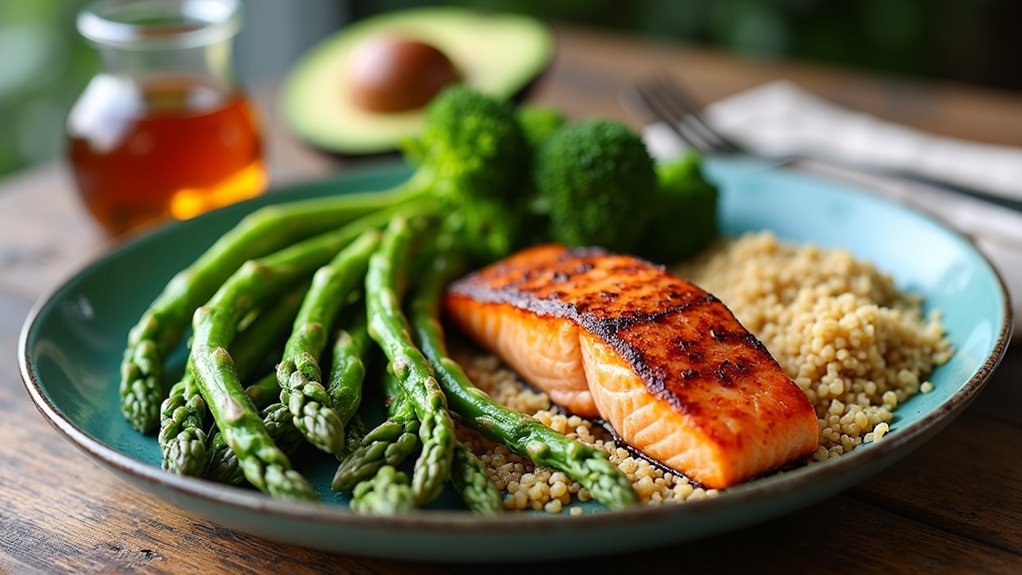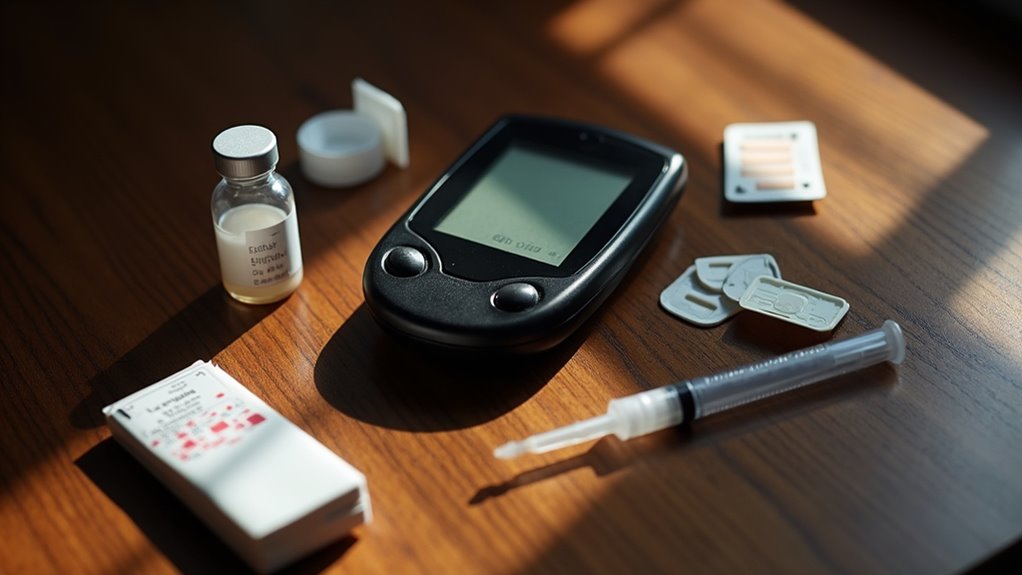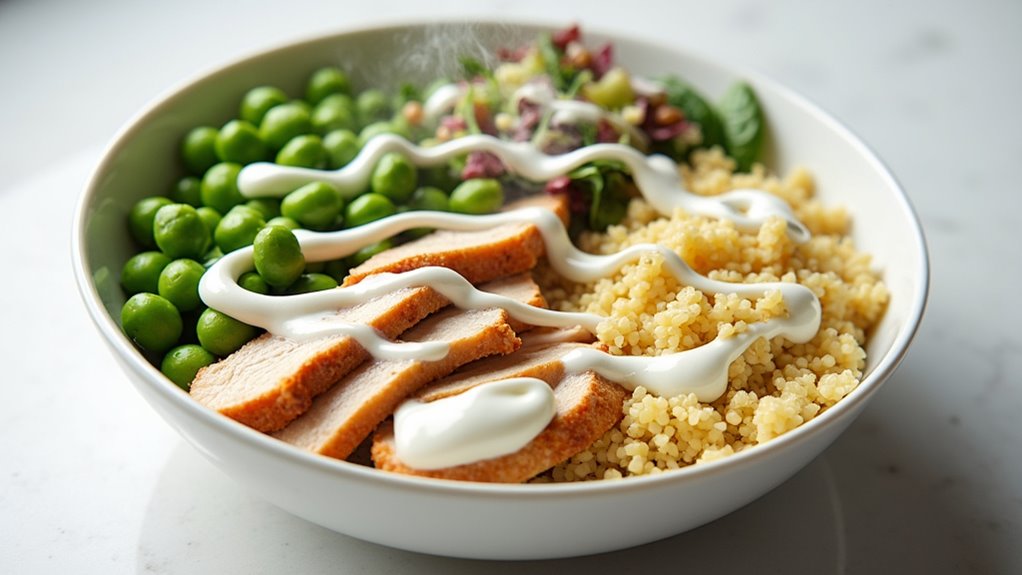While modern diets often revolve around processed foods and quick fixes, ancient grains and traditional ingredients are making a powerful comeback in the battle against blood sugar issues. Turns out, your grandma wasn’t crazy when she insisted on oatmeal every morning. Ancient grains like oats, brown rice, and millet pack a serious punch when it comes to managing glucose levels. Their secret weapon? Fiber. Loads of it.
In a world of processed shortcuts, our ancestors’ forgotten pantry staples might be our best defense against blood sugar chaos.
These old-school grains haven’t been genetically modified to death, either. They retain their natural nutritional profile, unlike that sad white bread sitting in your pantry. Brown rice, with its minimal processing, keeps blood sugar steady. Millet—yeah, that bird seed-looking stuff—is loaded with phytochemicals that support metabolic health. Even buckwheat, technically not a grain, brings beneficial nutrients to the table. Type 2 diabetes responds particularly well to these dietary changes when combined with regular exercise.
The science is clear. Regular consumption of these ancient foods improves fasting glucose levels and HbA1c markers. They’re not just good for diabetics; they might help prevent you from becoming one. The soluble fiber in oats slows sugar absorption, giving your poor overworked pancreas a break.
Cinnamon gets all the glory in health circles. Sure, it helps. Its polyphenols delay carbohydrate digestion and enhance insulin sensitivity. But it’s not the holy grail. The real MVPs are these ancient grains that have sustained civilizations for millennia. These whole grain foods form a gel-like substance in the intestines that significantly slows gastric emptying and reduces post-meal blood sugar spikes.
Compare this to modern low-carb diets. They work for quick blood sugar control but miss the bigger picture—nutritional balance. Ancient grains support heart health, aid weight management, and reduce cholesterol. A comprehensive analysis of 29 randomized controlled trials showed that 96.5% of studies found positive effects of ancient grains on diabetes markers. The complete package, not just a one-trick pony.
Recent meta-analyses confirm what traditional cultures have known forever: these foods work. Researchers are scrambling to understand exactly why, but the results speak for themselves. For those managing type 2 diabetes or trying to avoid it, the answer isn’t some fancy new supplement. It’s sitting in the bulk section of your grocery store. Ancient, simple, effective.









